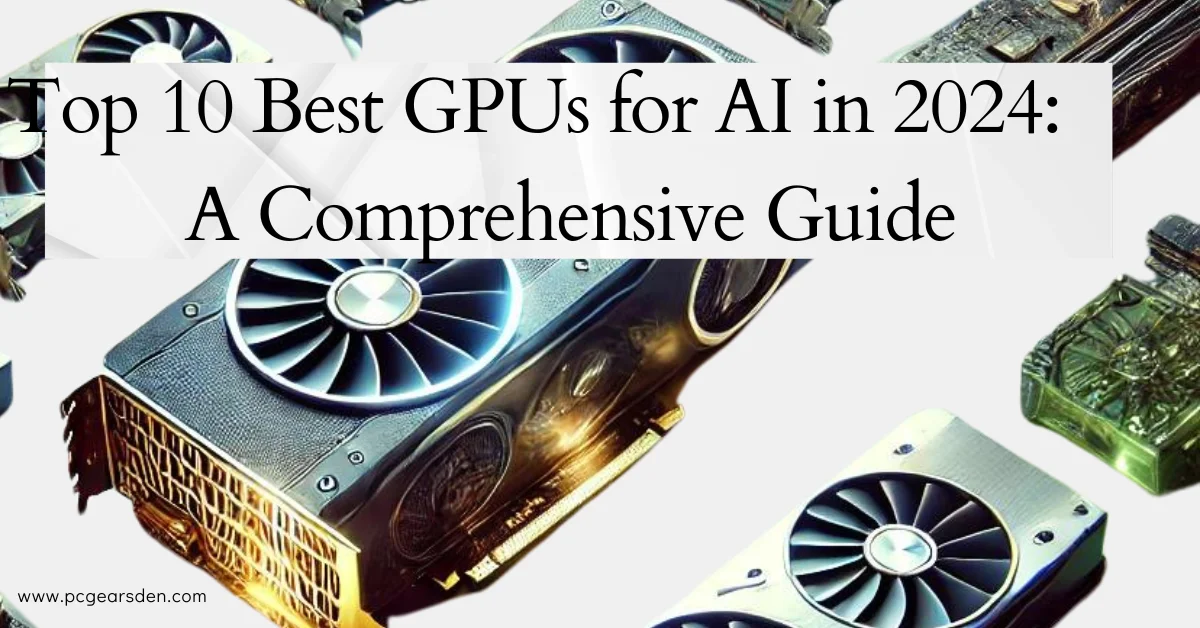Artificial Intelligence (AI) has revolutionized various industries, from healthcare to finance, by automating complex processes and providing unprecedented insights. Central to this revolution are the GPUs (Graphics Processing Units) that power AI applications. In 2024, the landscape of GPUs for AI has evolved significantly, offering more power, efficiency, and features than ever before. In this comprehensive guide, we’ll explore the top 10 best GPUs for AI, ensuring you have the information you need to make an informed decision.
Understanding the Importance of GPUs in AI
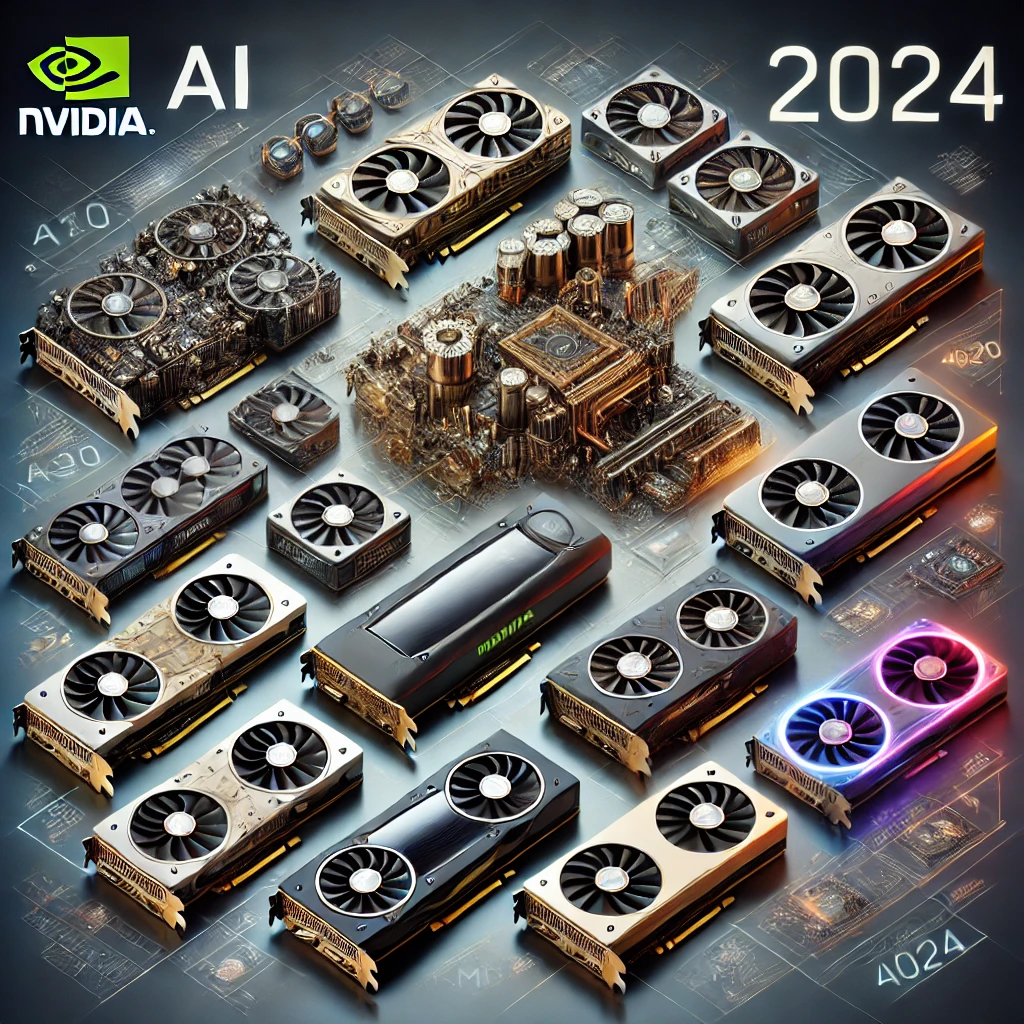
GPUs are essential for AI because they are capable of performing many calculations simultaneously, a feature known as parallel processing. This capability is crucial for training AI models, which require massive amounts of data processing power. Unlike CPUs (Central Processing Units), which handle tasks sequentially, GPUs handle many tasks at once, making them ideal for the heavy lifting required in AI workloads.
1. NVIDIA A100 Tensor Core GPU
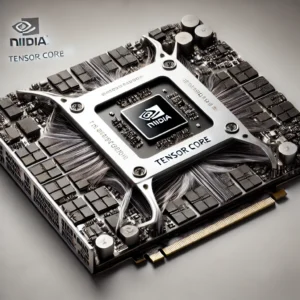
The NVIDIA A100 Tensor Core GPU is a powerhouse designed specifically for AI and data analytics. Built on the NVIDIA Ampere architecture, the A100 offers unmatched performance with 19.5 teraflops of single-precision performance. It supports multi-instance GPU technology, allowing multiple networks to run simultaneously, enhancing productivity and efficiency. The A100’s Tensor Cores accelerate AI training and inference, making it a top choice for AI professionals.
2. NVIDIA RTX 4090
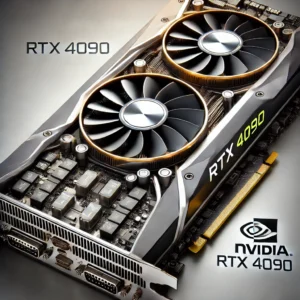
The NVIDIA RTX 4090 is a versatile GPU that excels in both gaming and AI applications. With 24GB of GDDR6X memory and a boost clock of up to 2.5 GHz, it handles AI tasks with ease. Its CUDA cores and enhanced RT (Ray Tracing) cores provide excellent support for AI algorithms, making it a popular choice among AI developers and researchers.
3. AMD Radeon Pro VII
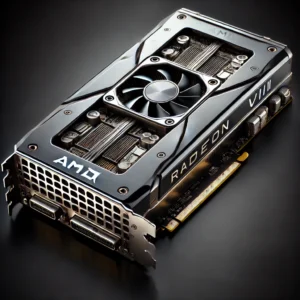
AMD’s Radeon Pro VII is a high-performance GPU designed for professional workloads, including AI and machine learning. It features 16GB of HBM2 memory and supports up to 6.5 teraflops of single-precision compute performance. The Radeon Pro VII is optimized for data science and AI tasks, offering robust performance and efficiency.
4. NVIDIA GeForce RTX 3080 Ti
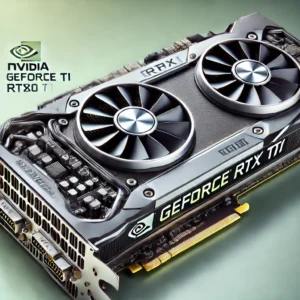
The NVIDIA GeForce RTX 3080 Ti is another excellent option for AI applications. With 12GB of GDDR6X memory and 34 teraflops of single-precision performance, it is well-suited for training and inference tasks. The RTX 3080 Ti’s Ampere architecture and Tensor Cores provide significant acceleration for AI workloads, making it a cost-effective solution for AI enthusiasts.
5. NVIDIA Tesla V100
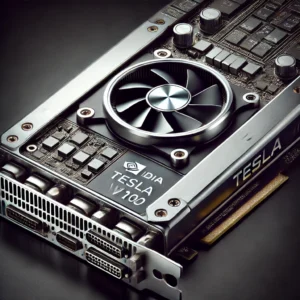
The NVIDIA Tesla V100, though slightly older, remains a formidable choice for AI workloads. Built on the Volta architecture, it offers 32GB of HBM2 memory and delivers up to 15.7 teraflops of single-precision performance. Its Tensor Cores are specifically designed for deep learning, providing unparalleled performance in AI model training and inference.
6. AMD Radeon RX 6900 XT
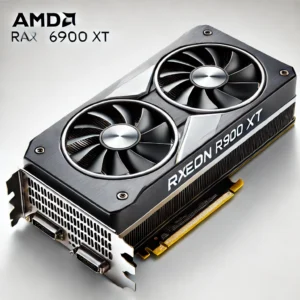
The AMD Radeon RX 6900 XT is known for its gaming prowess, but it also performs admirably in AI applications. With 16GB of GDDR6 memory and a boost clock of up to 2.25 GHz, it offers a balance of performance and affordability. The RX 6900 XT’s RDNA 2 architecture supports AI and machine learning tasks effectively, making it a versatile option for various AI applications.
7. NVIDIA Quadro RTX 8000
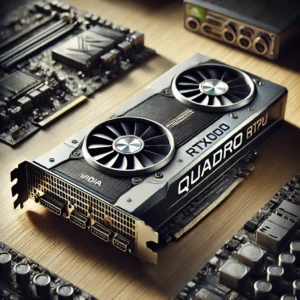
The NVIDIA Quadro RTX 8000 is designed for professional visualization and AI workloads. With 48GB of GDDR6 memory and 16.3 teraflops of single-precision performance, it handles the most demanding AI tasks with ease. The Quadro RTX 8000’s Tensor Cores and NVLink support provide the scalability and performance required for large-scale AI projects.
8. AMD Instinct MI100
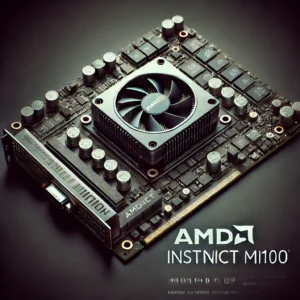
The AMD Instinct MI100 is a data center GPU designed specifically for AI and high-performance computing. With 32GB of HBM2 memory and 11.5 teraflops of single-precision performance, it excels in training and inference tasks. The MI100’s Matrix Cores enhance its AI capabilities, making it a strong contender in the AI GPU market.
9. NVIDIA Titan RTX
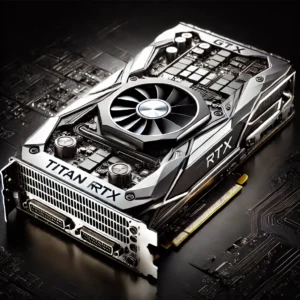
The NVIDIA Titan RTX is a powerful GPU designed for AI research and development. With 24GB of GDDR6 memory and 16.3 teraflops of single-precision performance, it offers the computational power needed for AI model training and inference. The Titan RTX’s Tensor Cores accelerate AI workloads, making it a popular choice among AI professionals.
10. Intel Xe Graphics
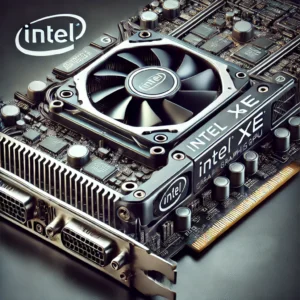
Intel’s entry into the high-performance GPU market, the Intel Xe Graphics, offers a promising option for AI applications. With up to 42 teraflops of performance and support for AI-specific tasks, it provides a new alternative for AI developers. The Intel Xe Graphics is expected to compete strongly with established players, offering a fresh perspective in the AI GPU landscape.
Conclusion
Selecting the best GPU for AI in 2024 depends on various factors, including performance, memory, and specific AI workload requirements. The NVIDIA A100 Tensor Core GPU stands out as a top choice for its unmatched performance and versatility. However, other options like the AMD Radeon Pro VII and NVIDIA RTX 4090 offer excellent alternatives depending on your specific needs and budget.
For those exploring options for gaming and AI, it’s worth noting how GPUs like the NVIDIA RTX 4090 also parallel those used in high-performance gaming consoles. For instance, you can check out this detailed comparison of the Xbox Series X Equivalent GPU to understand the crossover capabilities.
Investing in the right GPU can significantly impact the efficiency and effectiveness of your AI projects, making it a critical decision for AI developers and researchers. With this comprehensive guide, you are well-equipped to choose the best GPU for your AI needs in 2024.
FAQs
1. What makes a GPU suitable for AI applications?
A GPU is suitable for AI applications if it has high computational power, efficient parallel processing, and sufficient memory bandwidth. Features like Tensor Cores (in NVIDIA GPUs) enhance AI workload acceleration.
2. How does GPU memory impact AI performance?
Larger memory sizes (e.g., 40GB) allow processing of larger datasets and complex models, while memory types like HBM2 or GDDR6 affect data transfer speed and efficiency, crucial for AI computations.
3. Are gaming GPUs good for AI tasks?
Yes, high-end gaming GPUs like the NVIDIA RTX 4090 and RTX 3080 Ti are well-suited for AI due to their powerful processing capabilities, high memory bandwidth, and CUDA cores.
4. What is the best GPU for AI in 2024?
The best GPU for AI in 2024 is the NVIDIA A100 Tensor Core GPU for its performance and versatility. Alternatives like the AMD Radeon Pro VII and NVIDIA RTX 4090 are also excellent for various budgets and needs.
